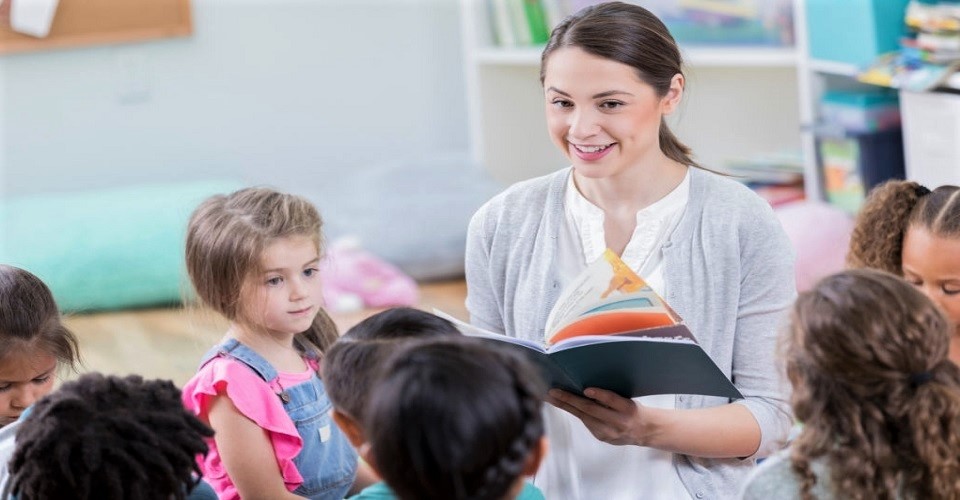7 Ways To Teach Your Learners About Emotions And Feelings
27th May 2021
In one of our earlier blogs, we discussed the role of a teacher/counsellor in teaching kids about emotions and feelings and its significance. Today, we will focus a bit more on the ways and methods by which you can gradually make your learners understand the finer nuances of human feelings.
It is difficult for children to express their feelings in words as many times they are unsure of what to name the feeling/s they are experiencing. Rather, they show how they are feeling by throwing a temper tantrum and having meltdowns. What you need to first teach learners are the words to express their emotions before we can ask them to “use their words”.
Young children can be trained in basic emotions such as being happy, mad, sad, and scared as early as two years old. As a teacher or counsellor adept at student counselling techniques, you can explain emotions such as feeling frustrated, nervous, shy, etc. to them as they get older. Let us look at some more ways in which you, as a teacher, can help your learners learn the language to express their feelings and emotions.
1. It’s story time!
Have some storybook reading sessions in the classroom and while doing so, ask your learners to guess how the characters in the story are feeling. You can ask questions like “Can you express the way that the character is feeling? Can you make a face or say a word that shows that feeling?”
2. Use games and activities
Young learners enjoy learning through play and fun and a perfect game for such a context is Feelings Charades. It’s a fun game to aid kids to learn about feelings.
The game needs you to make a feelings cube. Get and paste pictures of feeling faces (portraying various emotions) on a tissue box or any other box. Ask your learners to roll the box and whatever feeling face it lands on, they’ll have to act it out.
3. Labelling emotions
Throughout the day in class, help young kids learn to identify their own emotions by labelling them. (As e.g., “It looks like you are feeling sad that there’ll be no craft class today. What can we do to make you feel better?”)
4. A li’l sharing can go a long way
Share your own emotions. At meal times, share instances from your life about something that happened and made you feel angry/ sad/ happy or scared. Discuss what you did to make yourself feel better. "I was at the supermart yesterday and somebody cut me off and got my parking spot! Can you imagine! I was so mad. Have you ever felt that way?"
5. Let them know
When your learners do something that upsets anyone, let them know how their behaviour is making others feel. E.g., “When you called Tina names, she felt really sad and her feelings were hurt”. This will help them in being mindful of what they say and do to others.
You can also ask how they would feel if someone did the same to them. Encouraging children to put themselves in someone else’s shoes also teaches them to be empathetic which is an important life skill that will allow them to maintain relationships positively.
6. Model appropriate ways
This point was discussed earlier as well. But it needs to be amplified as this holds a crucial role in their growing up days. Children are always watching us and just like sponges they absorb everything around them, good or bad. If your learner watches you positively expressing your feelings, gradually they will learn to do the same.
However, vice versa can also happen, i.e., if they see you yelling and throwing a tantrum when you get upset, they are more likely to mimic such behaviour.
7. Praise learners when they’re able to use the right words
When a learner is aptly able to tell you how he/she is feeling, praise his/her for doing so and be very specific. E.g., “I liked the way you told Priya that you were sad when she called you names. That was very sensible of you.” Praising them for practicing good behaviour makes it more likely for them to repeat the same in the future. It also sends out a message letting them know that you are watching them and notice their good deeds.
It is imperative that children learn the ways to identify, categorize and express their feelings in a proper manner. Children, who are able to express their feelings properly are less likely to have meltdowns or tantrums. They also have it easier while making friends and cooperating with peers. Children with a high level of emotional intelligence fare better in paying attention, are more engaged in school, have more positive relationships, and are more empathic in nature.
Written By : Ipsita Roy